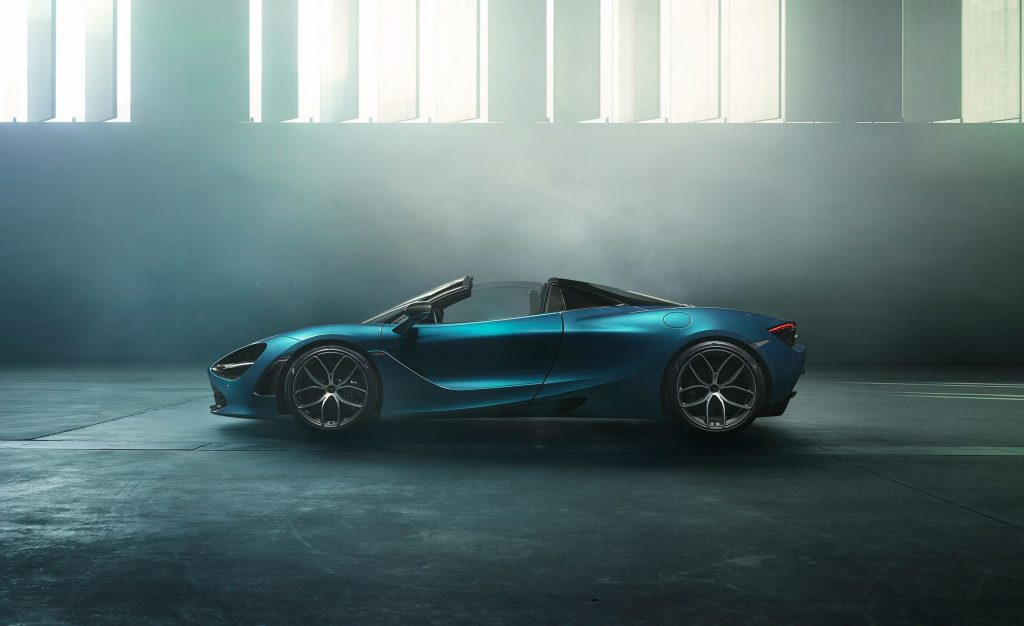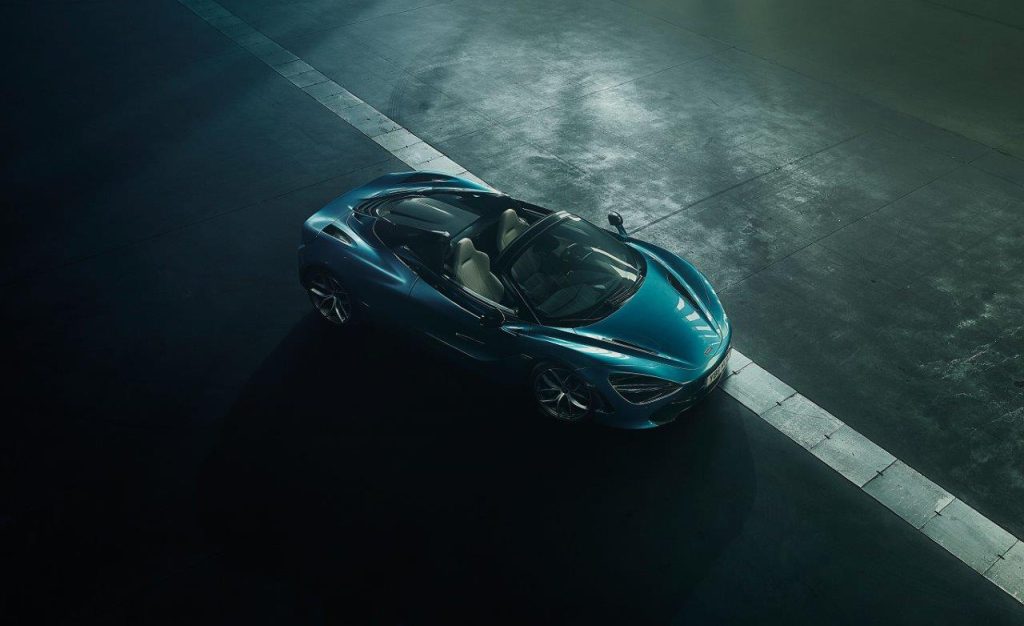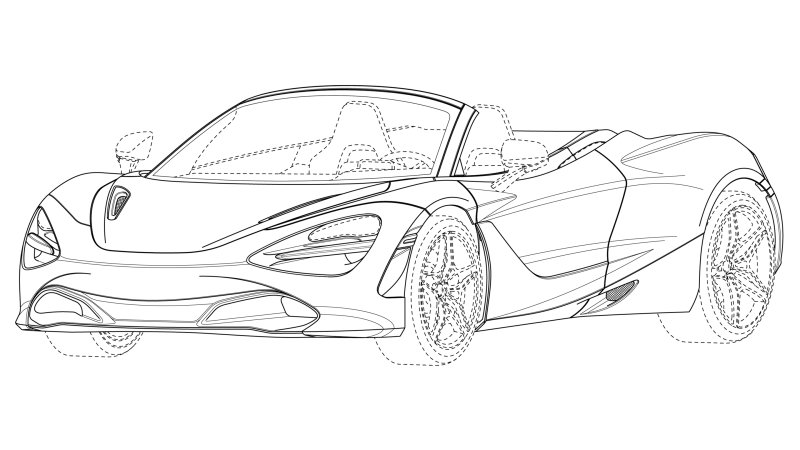Be warned, this tale features the B word, Brex*t. The title has been coined to address the colossal saga that is the United Kingdom’s departure from the European Union and must be one of the most used words in international news in the past three years. There have been amendments, referendums, prorogations, high court rulings and even Queen’s Speeches. I shall not dwell, you’re not here for politics, but for automobiles.
Ever switch on the 10 o’clock news and see politicians being ferried from conference to conference in rather dull executive limousines? The best you can hope for is a Mercedes-Benz S Class, black on black, of course. This got me thinking, it was the night before the final European Union Summit that would be deliberating the latest iteration of the Brexit deal, Prime Minister Boris Johnson’s first attempt. Tomorrow, news agencies from across the world would crowd and jostle outside Le Berlaymont to catch a word from the 27 EU leaders that would be reviewing the latest version of proposed deal.
What if BoJo didn’t arrive in a mundane, vanilla S Class or Jaguar XJ, but instead stunned the crowds by representing British business, an example of the very businesses that will be impacted so significantly by the outcome of this tumultuous series of events? I felt Boris needed a helping hand, I took matters into my own palms. The next morning I left home at 0630 on a mission to not only improve Boris’s image, but to showcase one of the finest exports that Britain produces. It is an example of why the UK is one of the worlds leading automotive manufacturing countries, and why trade deals with the UK should never be doubted, but encouraged.
720S Spider London – Zaid H
The ambassador of choice was perfect. Bentley and Rolls-Royce are British brands, but are both now parts of Audi and BMW, respectively. Jaguar is Indian and Lotus Chinese. Caterham and Morgan are British, but neither are known internationally as representing the best of British, more cottage industry forerunners. There is only one brand suited to this endeavour – McLaren.
I recently was on the continent in a McLaren GT, a car that left me somewhat conflicted and confused. Having previously driven to Paris and back to London in a single day in a 720S, I was in no doubt that it doubled as both a track monster and a capable GT car. To reaffirm my thoughts, I had a 720S Spider for the ride to Brussels to see if the additional 49 kilograms for the roof mechanism would alter the driving characteristics and if the GT would make more sense for such a journey.
One thing that does not change, roof or no roof, is the fuel economy. It is abysmal, even when trundling towards the Channel Tunnel with the cruise control set to a smudge above the speed limit. Seeing anything above 23 miles per gallon was a rare treat. Boris’s refusal to take no deal off the table had sent the pound into a tizzy and fuel prices were through the roof, premium unleaded was emptying my wallet faster than the my ex girlfriend – just as thirsty too. Best not to worry about saving fuel and instead blow it to thy kingdom come with a smile on your face and bangs and cracks coming from the twin exhaust pipes.

A grey drive to Folkestone, quick Starbucks and a deep breathe in to squeeze onto the train later, it was time to cruise across the Continent. Well, part of it at least. It is always surprising how quickly the French autoroute gives way to terrible Belgian tarmac. With the active panel engaged and the handling and drivetrain toggles in comfort, the 720S cruises quietly and somewhat comfortably. The hydraulic suspension is fabulous and plaint. It is upset by bigger holes and cracks in the road, but it is a tradeoff worth making for the terrific handling through the bends on more engaging roads. One element that, still, cannot be faulted is the steering. It remains hydraulically assisted and a pleasure to work with.
The mighty torque is impressive too. The gearshifts are as great as you would expect from a McLaren dual clutch, but when touring you need not be pulling the left carbon paddle for downshifts as you can ride the torque in the upper gears. This is, of course, when the revs are above 2,500rpm, there is a world of lag below this threshold. As the kilometres trickled by, the weather worsened and the chances of experiencing the 720S Spider with the roof down diminished. A special mention, once again, to the awesome rear window that can be lowered or raised regardless of the roof being up or down. It is a great way to enjoy both fresh air and that hard edged engine tone, even when it is raining.
This car featured a clever and very expensive option, an electrochromic glass roof panel. This meant that the panoramic glass was able to go from fully clear to dark in a couple of seconds. It is cool and strangely satisfying to press the button and watch the glass ceiling change from ‘shade mode’ to ‘full sunlight’.
720S Spider Brussels – Zaid H
Other interior highlights included the luxurious Cognac leather in this ‘Luxury’ spec 720S. The 720Ss I had previously driven were all configured in ‘Performance’ trim meaning there was far more Alcantara and less leather to be found. The quality of the leather is great, as is the colour, my opinion of course. The infotainment is a generation behind the updated McLaren GT system, but I was not a huge fan of the update and the older system felt no less capable as it also lacks Apple CarPlay and Android Auto systems.
As Brussels neared, the rain relented and there was time to relish precious minutes with the roof down. Heated seats work brilliantly to negate wind chill and the car looks utterly spectacular in shop front reflections. Say what you like about the eye-socket headlamp design, few will argue that the 720S does not look like a missile from its side profile. The well behaved demeanour from the motorway cruise continues in the congestion of Brussels. The Start-Stop system decided to go on strike, other than that the 720S Spider was flawless around town. Visibility was good, the ride supple and the turning circle…acceptable. Things are a little scarier when squeezing through narrow gaps or high kerbed car parks, more a case of driver fear and being unfamiliar with the supercars dimensions.
As the infamous Berlaymont building neared, Theresa May had been collected, riding shotgun and Boris Johnson jumped in behind the wheel. The time had come to change the bumbling Prime Ministers image once and for all. Passers by gasped and laughed in equal measure. Camera phones flashed and selfies were taken. It seemed that it was mission accomplished, a hypothesis that was all but confirmed later that day when Boris Johnson announced that Jean Claude Juncker had accepted his governments proposed deal. I’m not saying that it had anything to do with the McLaren or my mission…but maybe, just maybe, it did.

In another bizarre ‘coincidence’, McLaren CEO Mike Flewitt confirmed that McLaren Automotive will keep production entirely UK based despite Brexit in an interview to CNBC on the same day. He continued saying that the firm is ‘born and bred’ in the UK. The brand is one that is proudly British and one that should be celebrated. The McLaren F1 is, arguably, the greatest car ever and when the 12C rolled off the production line in 2011 a new era was born. McLaren seemingly came out of the blue and shattered any complacency that the likes of Ferrari, Porsche and Lamborghini had, pushing performance to new levels.
Almost 9 years on, McLaren continues to push it rivals to the extent that it is difficult to compare its offerings to that of the aforementioned rivals. The 720S is pitched against cars like the Porsche GT2 RS, Ferrari 488 Pista and Lamborghini Huracan Performante – hardcore special edition models that are stripped out track animals. The 720S obliterated the trio in a number of tests and it is the ‘standard’ car complete with creature comforts and touring credentials that make it just as usable as the McLaren GT. The LT model is expected to demolish its European rivals. McLaren Automotive represents the best, not only of British, but supercars produced anywhere in the world. Brexit or not, deal or no deal, McLaren will continue to be a flag bearer of British innovation and technology for years to come.

GTSPIRIT NEWSLETTER







